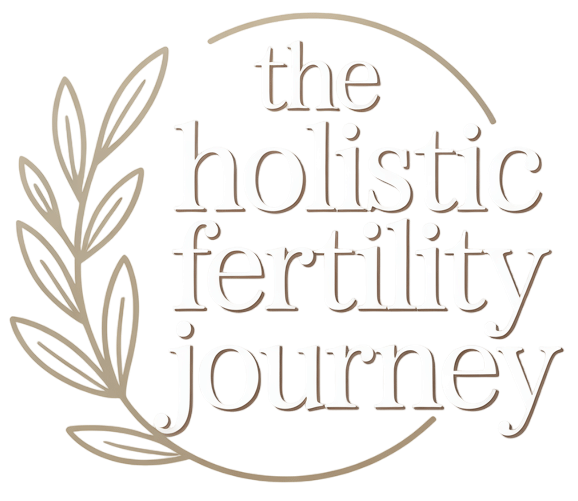Honoring the Whole Story: Vitamin D as Part of a Larger Picture
It’s easy to become fixated on numbers and nutrients in the fertility journey. Vitamin D is certainly important—it supports the foundations for hormonal balance, healthy eggs and sperm, and a welcoming uterine environment. But no single nutrient acts in isolation. Fertility is influenced by an intricate web of factors: sleep, stress, joyful movement, relationships, emotional support, and gentle nutrition all work together.
Giving attention to vitamin D is a simple but profound act of self-care. Each step, from a walk in the sun to a nourishing meal, is an invitation to reconnect with your body and trust its innate wisdom. Sometimes the smallest shifts—like a lunchtime stroll or an extra serving of salmon—remind you how interconnected health can be. If you ever feel uncertain about where to start, reaching out for compassionate, personalized guidance can lift some of the pressure and bring clarity to the next step of your unique path.
